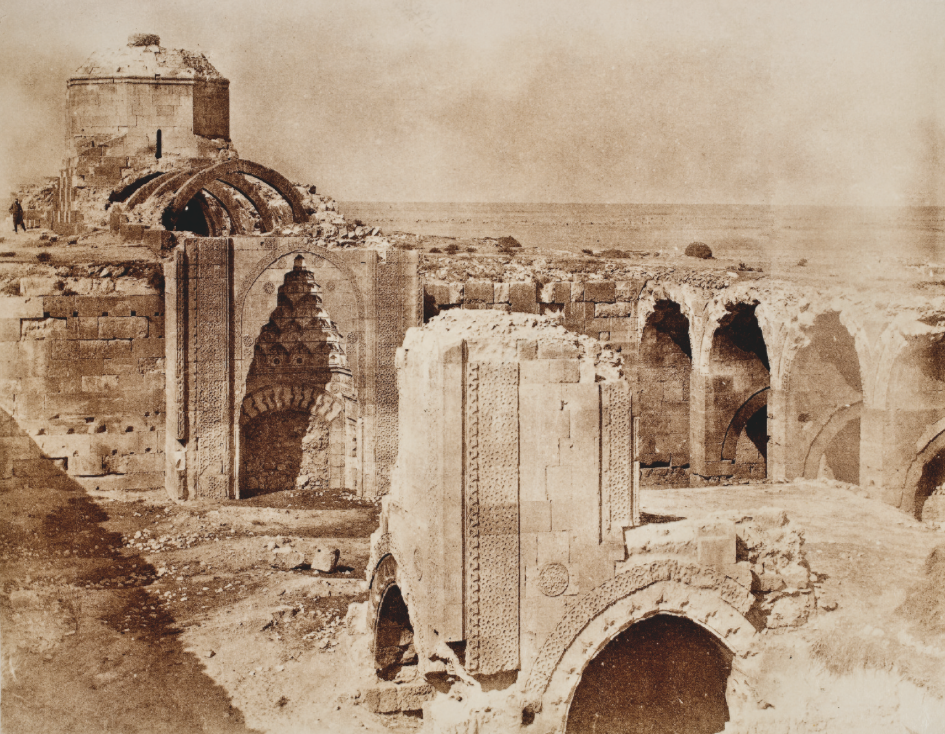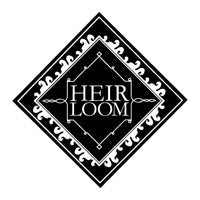
An Early History of Konya
The Konya region is located in the center of the Anatolian peninsula, the land bridge that connects Europe and Asia, and has been inhabited by civilization for many millennia. It was a commercial center even in antiquity, when it was known as Iconium and ruled by successive empires including the Hittites, Persians, Romans and the Byzantines until roughly 1,000 years ago.
The current inhabitants of the region most closely trace their ancestry to a branch of Oghuz Turks who migrated from Central Asia into the Persian Plateau while establishing the Great Seljuk empire. The Seljuks would expand westwards into the Anatolian peninsula confronting the Byzantines and ultimately conquering Konya near the end of the 11th Century. A breakaway Seljuk dynasty, The Sultanate of Rûm, would be established soon after. As they solidified their power over the region they promoted a Turko-Persian culture that slowly transformed the population from Christian and Greek speaking into an primarily Islamic and Turkish speaking peoples. They briefly chose Iznik (Nicaea) as their capital but as the city was quickly lost to the first crusaders their capital would instead be established in Konya.

All Roads Lead to Konya
The Sultanate of Rûm would reach its pinnacle during the late 12th and early 13th centuries. Much of its wealth and power came from domestic and international trade, which was made possible by the sophisticated network of trading posts known as hans or caravanserai. These were buildings and more often enormous structures along the road where caravans (groups of merchants traveling together for protection) could stop overnight. Hans provided safety and stability for merchants along the trade route, making them valuable hubs. Though not the originators of the concept, the Anatolian Seljuks quickly recognized the importance of hans and institutionalized them, turning them into a network of state-supported way-stations which contributed to the expansion of wider trade. Services provided included shelter, safety, and social services to all travelers free of charge for three days. They also acted as mail relay stops, goods depots, tax treasuries, and could provide the military services as well.
Hans were built along important trade routes that served the major cities of the state, about roughly a days distance from each other. Konya was the hub of the network and most of the trade routes led to Konya. These routes also connected the Seljuks to other trading centers beyond its borders. They proved to be excellent communication networks, serving as a way of spreading information quickly with special designated messengers. The Obruk han was an important stop off the heavily-traveled Konya-Aksaray route, and was one of the largest early period hans. It is built around a sinkhole lake (it is in fact named after it) and is where our rug of the month hails from.

These pathways of trade and communication fostered significant cultural exchange and the Seljuks promoted trade and scholarship from both the eastern and western worlds. The knowledge and talents of the local people were combined with those of philosophers, artisans and explorers who came to the court. New distinctive architecture was built that was informed by the traditions of both the Persians and the Armenians and which would influence architectural movements as far east as India. Influential Sufi mystic Rumi was born in Afghanistan but journeyed thousands of miles to Konya where he established himself and composed most of his work. The merchant Marco Polo would travel nearly the same distance from Venice to proclaim “The best and handsomest carpets in the world are wrought here.”
Seljuk sultans survived multiple Crusades during their reign but their regional dominance didn’t decline until the arrival of the Mongols in the 13th Century. Eventually Konya would be taken over by the Ottoman empire in 1420, but even as it evolved many Seljuk traditions would be preserved. In 1466, artisans from Konya were brought to the new capital in Istanbul where Seljuk design would influence rug production in the Ottoman court.

Prayer Rugs During the Ottoman Era
The Ottomans would not only unite all of Anatolia but conquered parts of North Africa and most of Southeastern Europe as well. Trade with Europe reached new heights and many depictions of Turkish rugs in Renaissance paintings document how valuable and important rugs were during this era. Some paintings included a new genre that would come to prominence, the prayer rug.
Prayer rugs are designed with the human body in mind, and as such the size and shape of the rug is dictated by these specifications. It must be small enough to be portable but large enough to accommodate the human body in prayer. The directional niche of a rug is often referred to as a mihrab, a term originally intended to describe an architectural feature in a mosque that points towards Mecca. There are multiple theories on where the imagery for the prayer arch or niche element originated. Iconography of alcoves housing deities or icons have existed in many ancient cultures and religions since time immemorial. Early interpretations of the niche form are said to represent gates, doors or archways through which plants, flowers, or even the tree of life can be seen and may have represented the entrance to paradise.
Rugs can function as votive offerings or pious donations to houses of worship. This is an old custom and mosques have become inadvertent repositories for very old rugs in well preserved condition. This practice has also been documented in synagogues, Buddhist temples, and most famously in the Churches throughout Transylvania. The Ottomans commenced large commercial production of various types of prayer rugs which culminated in the late 19th and early 20th century. Many of these were produced for the Western consumer and were probably never intended for prayer.

Anatolian Kilims
The design of Anatolian kilims ranges from the austere with minimal decoration to the extremely ornate and decorative. Central Anatolian weaving has a specific style, directly informed by the distinct style of the Seljuk Sultanate, which also influenced the early Ottoman court production.
Most Anatolian kilims are woven using the slit-weave technique. The slit-weave technique is a type of tapestry weave that allows the weaver to create motifs using the discontinuous weft technique. This allows the weaver to work with multiple colors and designs by working in sections, where the weft only travels within its specific shape or color. This creates tiny slits where the different colors meet. Slit-weave, combined with the Anatolian weaver’s preference for multiple borders framing the field, means that a long slit would form where the different colors meet. The popular denticular border is a technical solution to this particular problem that has become a characteristic decorative element.
Symmetry is an important element of Anatolian kilim design. The basic design unit we find is the triangle, with squares and rectangles only becoming possible with the denticular solution, so as to prevent a long slit where the motif runs parallel to the warp. Another solution that evolved to counteract the long slit are stepped diagonals, which is also a popular recurring motif.

We sourced our information from: Antique Kilims of Anatolia, by Peter Davies; Kilim: The Complete Guide, by Alastair Hull and José Luczyc-Wyhowska; Oriental Rugs: A Complete Guide, by Murray L. Eiland, Jr. & Murray Eiland III; The Seljuks of Anatolia: Court and Society in the Medieval Middle East by Andrew Peacock and Sara Nur Yildiz; Hali Magazine; The History of Byzantium podcast; and turkishhan.org, an excellent online resource by researcher & librarian Katharine Branning covering Seljuk period hans.




